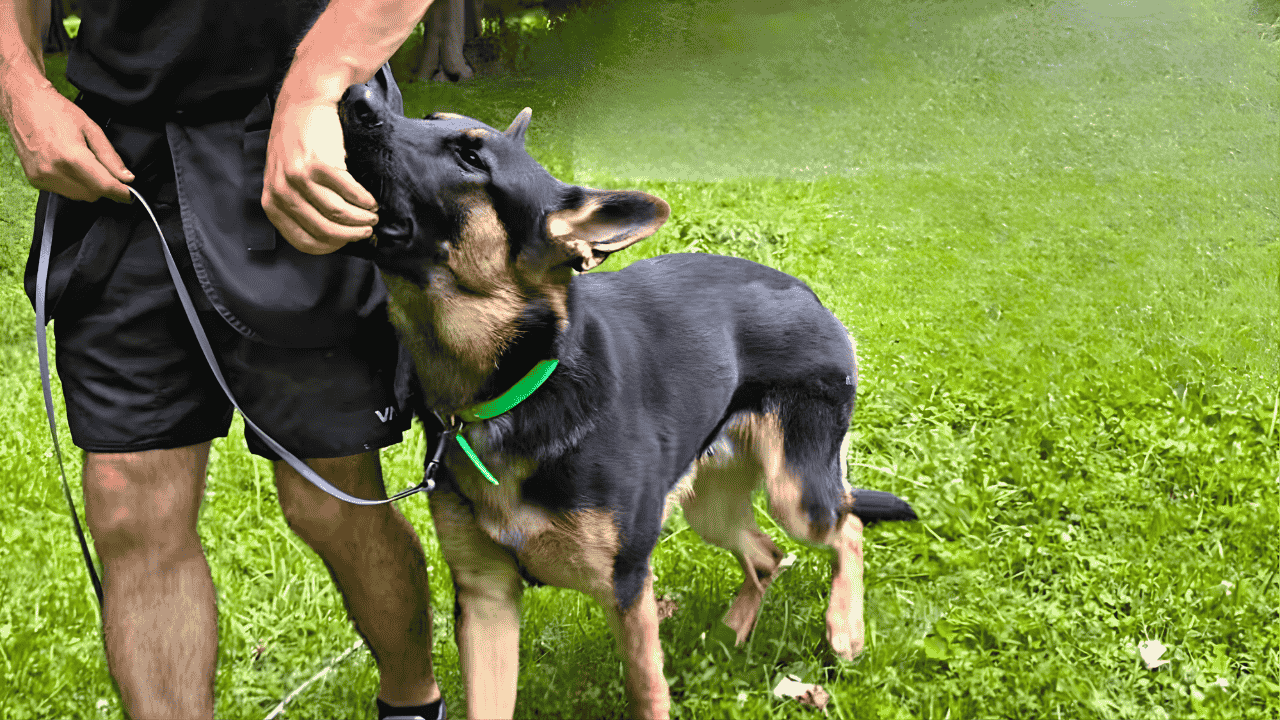Training your dog is more than just teaching basic commands. It’s about building a strong bond, creating trust, and helping your pet understand expectations in a positive, effective way. While many dog owners struggle with behavioral issues, professional trainers in the U.S. have shared insights and practical strategies that can help any dog learn faster, stay motivated, and develop good habits that last a lifetime.
How to Start Training Your Dog Effectively
Starting training on the right foot is crucial. Experts recommend beginning as soon as your dog comes home, whether it’s a puppy or an adult rescue. Establish a routine and pick a quiet environment free of distractions. Consistency is key—use the same commands, tone of voice, and gestures every time. Dogs thrive on repetition and clarity. Short training sessions of five to ten minutes multiple times a day are often more effective than longer, sporadic sessions. Starting calmly and patiently ensures your dog associates training with positive experiences rather than stress.
What is the Importance of Positive Reinforcement
Positive reinforcement is the cornerstone of professional dog training. This method rewards desirable behavior with treats, praise, or play, which motivates your dog to repeat the action. Experts warn against punishment-based training because it can create fear, confusion, and anxiety. When a dog performs a command successfully, immediate reward helps them connect the behavior with the outcome. Even small rewards, like a quick belly rub or enthusiastic verbal praise, can make a significant difference. This approach strengthens the bond between you and your dog while promoting lasting obedience.
When Should You Introduce Basic Commands
Basic commands like sit, stay, come, and leave it are the foundation of good behavior. Experts suggest introducing these early, ideally during the first few months for puppies or immediately with adult dogs. Begin with one command at a time and ensure your dog masters it before moving to the next. For example, teach “sit” first using a treat to guide them into position, then pair it with a verbal cue. Practicing consistently in different environments ensures your dog responds reliably, whether at home, in the yard, or at the park.
How to Address Behavioral Challenges
Behavioral challenges such as excessive barking, chewing, or pulling on the leash are common. U.S. trainers recommend identifying the root cause of the behavior rather than simply punishing it. For instance, dogs that chew furniture might be bored or teething, while frequent barking could indicate anxiety or lack of exercise. Redirecting unwanted behavior with engaging toys, interactive activities, or structured exercises is often more effective. For serious issues, professional trainers may suggest behavior modification techniques or specialized classes to guide both the dog and owner through a structured plan.
What is the Role of Socialization in Training
Socialization is critical for a well-behaved dog. Trainers emphasize exposing dogs to various people, animals, sounds, and environments from an early age. Proper socialization helps prevent fearfulness, aggression, and anxiety in unfamiliar situations. Dogs that are regularly and safely exposed to new experiences become more adaptable, confident, and easier to train. Positive social experiences—like supervised playdates, walks in the park, or visits to pet-friendly stores—teach dogs to remain calm and responsive, which greatly enhances training outcomes.
How to Use Training Tools Wisely
Professional trainers in the U.S. often use tools such as clickers, leashes, harnesses, or target sticks to support training, but they stress that tools should supplement, not replace, proper techniques. Clicker training, for example, uses a small device to mark correct behavior immediately, followed by a reward. Leashes and harnesses help manage control during outdoor training sessions. Misuse of tools can cause confusion or fear, so it’s important to learn proper handling from reliable sources. Tools are most effective when combined with patience, consistency, and positive reinforcement.
When to Seek Professional Help
Even with the best intentions, some training challenges may require professional guidance. Trainers recommend seeking help if your dog exhibits severe aggression, persistent anxiety, or behaviors that compromise safety. Early intervention prevents habits from becoming entrenched and allows trainers to design a program tailored to your dog’s needs. Group classes or private sessions with certified trainers provide structured learning, expert feedback, and socialization opportunities. Remember, reaching out for professional support is not a failure but a proactive step toward a happier and well-adjusted pet.
How to Maintain Long-Term Training Success
Training does not end once your dog learns the basics. Experts stress that ongoing practice and reinforcement are essential for long-term success. Continue reviewing commands daily, gradually increasing distractions and environments to strengthen reliability. Incorporate training into everyday life through games, obedience walks, or interactive toys. Regularly praising and rewarding good behavior maintains motivation. Over time, these habits become second nature for your dog, creating a confident, obedient, and happy companion. Consistency, patience, and positive reinforcement remain the keys to sustaining training achievements throughout your dog’s life.
What is the Key Takeaway from U.S. Dog Training Experts
The advice from U.S. dog training experts can be summarized in three essential principles: consistency, positive reinforcement, and patience. Dogs respond best to clear communication, structured routines, and rewards that make learning enjoyable. Training is not only about obedience; it strengthens the bond between you and your dog, reduces behavioral issues, and enhances overall well-being. By applying these expert strategies, any dog owner can train their pet effectively, turning everyday interactions into opportunities for learning and connection.







